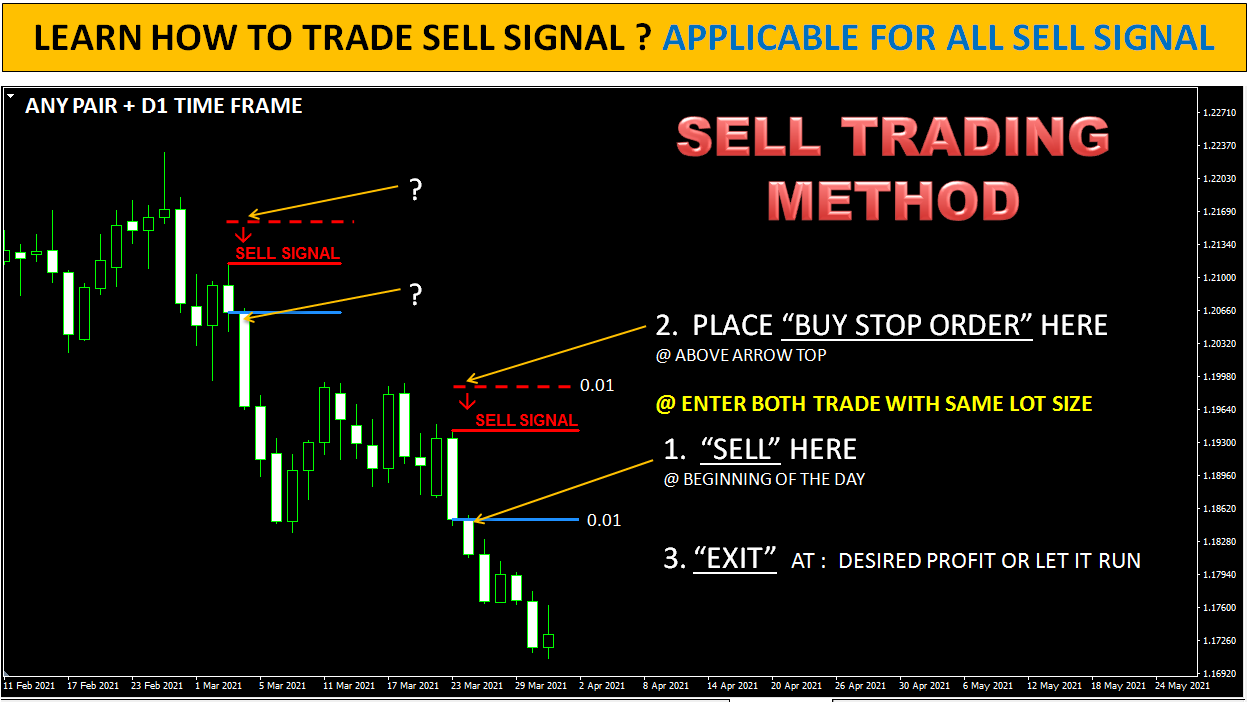HOW TO SET FOREX TRADING OBJECTIVES THAT KEEP YOUR RISK SMALL AND LET YOU WIN BIG
“The only thing that disturbs me is poor money management.”
~ Bruce Kovner
It’s far too easy to take this Forex thing casually. You can open an account with a broker in the blink of an eyelid, and in two more blinks, you can be trading Forex. But Forex is a game of skill, played by some of the most sophisticated, intelligent, well-connected men and women in the world. Every time you trade, it’s like playing chess against a chess master (not to burst anyone’s bubble!).
So do you think that having sloppy objectives for what you are trying to achieve is
going to cut it?
Nope…you are right—they sure won’t.
The good thing is that once you do understand how to craft proper objectives, a number of nice things happen:
You stop losing money (even if you don’t always make any)
You stop over-trading
You trade with a much greater sense of purpose and control
You improve your discipline
You start to hold on to your positions instead of cutting your winners short
Objectives are the first and most crucial step in system development and where we now shift our focus.


























